In order to meet the electricity needs of the around 1.3 billion inhabitants of India in an energy-saving way, the Ministry of Energy established the public company Energy Efficiency Services Limited (EESL), the world's largest service provider in terms of energy efficiency. The task of EESL: selling products which consume significantly less electricity than conventional products.
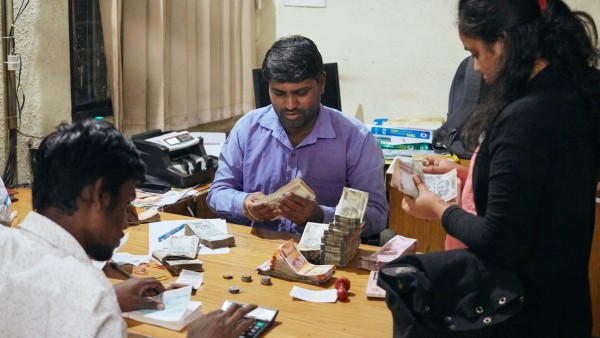
Global pioneer
Shankar L. (right) is buying LED lamps in the Energy Efficiency Services Limited (EESL) distribution centre, the world's first energy efficiency service provider.
150 gigawatts. By 2040 alone, power plant capacity in India will have to grow by this amount in order to keep homes cool. By then, 70 per cent of all households on the subcontinent are predicted to have air-conditioning systems. 150 gigawatts is equivalent to around 100 nuclear power plants of a size still in operation on the grid in Germany.
This one figure gives an idea of the electricity demand stemming from the economic development of this country and its 1.3 billion current inhabitants. And what it would mean for the climate if, as is currently the case, electricity were still predominantly generated by coal-fired power stations. It also shows that energy efficiency is indispensable.
Saving electricity starts at the very bottom, for example in an inner courtyard in the centre of the high-tech city of Bangalore. At the branch office of municipal service centre Bangalore One, city residents can buy LED lights and fans at comparatively low prices, which consume significantly less electricity than normal products.
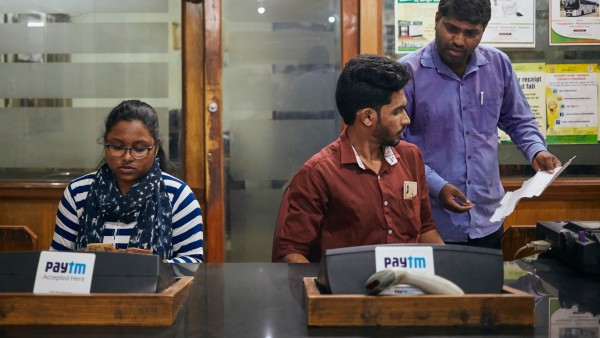
Working for energy efficiency
The large-scale procurement and distribution of energy-efficient products are core tasks of the EESL team in Bangalore.
The products are sold by EESL (Energy Efficiency Services Limited), a government service provider in the field of energy efficiency that is regarded as the largest of its kind in the world. In providing a loan of EUR 50 million, KfW is supporting projects by EESL – founded in 2009 by the Ministry of Energy – thereby making a contribution to the country’s socially and environmentally sustainable energy supply. Almost all the funds have now been channelled into projects.
KfW is to expand its financial cooperation with EESL. A new credit line of EUR 200 million has been committed. KfW and EESL have agreed in principle that each of the projects co-financed by a KfW loan must result in energy savings and, in turn, a corresponding reduction in CO2 emissions of at least 20 per cent.
It was not mainly for environmental reasons that L. Shankar came to the service centre in central Bangalore shortly before closing time. As an owner of a small business, he buys LEDs “because it means I save money.” The first time he showed up was a year ago. Shankar had learned about this source of inexpensive lights from a newspaper. Thanks to EESL’s energy-saving products, the 41-year-old has been able to reduce his monthly electricity costs from the equivalent of EUR 10 to EUR 6. His neighbours now also get LEDs from EESL.
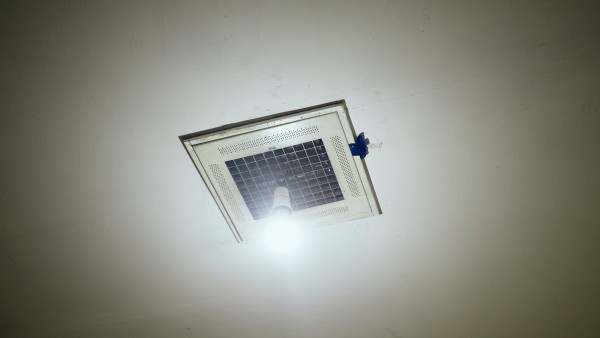
Saving energy with LEDs
EESL Manager N. Mohan estimates the energy savings of LEDs at well over 50 per cent compared with conventional light bulbs.
“We buy in larger quantities, allowing us to be around 40 per cent cheaper than normal stores,” says EESL manager N. Mohan. He estimates the energy savings of LEDs at well over 50 per cent compared with conventional light bulbs.
LEDs are the top-selling energy savers for private households. EESL has sold 20 million units in the state of Karnataka alone, whose capital is Bangalore. By spring 2019, the state-owned company aims to have sold a total of 770 million units.
The country’s average annual temperature does not drop below 25°C. The energy that would be used for heating in cooler climes is used for air conditioning in India. But people certainly have a fan at the very least. 30 million such devices are sold every year. The ones offered by EESL only consume slightly more than 50 per cent of the electricity of conventional products. However, the purchase price only pays for itself after two years, which still makes many customers hesitant.
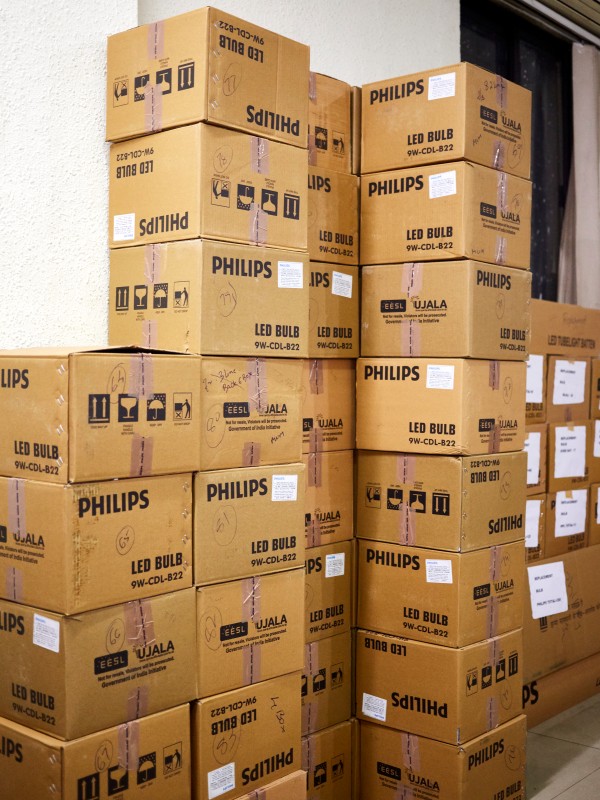
Wholesale advantage
EESL buys LEDs in larger quantities, which enables it to be around 40 per cent cheaper than normal stores.
Private households are a target group for EESL. LEDs are also chosen when it comes to saving electricity in the public sphere. One of the public enterprise’s own programmes revolves around street lighting. More than six million street lamps have already been replaced by LEDs. The government’s ambitious goal is to reach 14 million by early 2019. The municipalities do not have to pay for the lamps immediately, as they can finance the purchases from the saved energy costs. In March 2018, municipalities in five federal states also began installing solar-powered street lamps.
From EESL’s point of view, there is huge potential for saving energy in agriculture. This sector consumes 22 per cent of the total electricity used in India. Around 700,000 square kilometres of arable land are irrigated, an area twice the size of Germany. This involves the use of 30 million pumps. One-third of them are powered by diesel, and two-thirds by electricity. EESL relies on more effective devices, but also on solar pumps. The financing idea is for farmers to sell the surplus solar power to the grid operator and use the proceeds to pay for the solar pump.
And the massive amount of energy required to keeping rooms cool? One of about a dozen EESL efficiency programmes deals with the production and sale of more economical air-conditioning systems. The goal is to consume 40 per cent less electricity than forecast. For example, only 90 gigawatts of additional power plant capacity would be needed in 2040 to operate air-conditioning systems in apartments. This alone would save India an amount of energy equivalent to the output of 40 nuclear power plants.
Published on KfW Stories: Wednesday, 12 December 2018
The described project contributes to the following United Nationsʼ Sustainable Development Goals
Goal 7: Ensure access to affordable, reliable, sustainable and modern energy
Close to 80 per cent of the energy produced worldwide still comes from fossil fuel sources. Burning fossil fuels also generates costs for the health system due to air pollution and costs for climate-related damages that harm the general public, not just those burning the fuel.

All United Nations member states adopted the 2030 Agenda in 2015. At its heart is a list of 17 goals for sustainable development, known as the Sustainable Development Goals (SDGs). Our world should become a place where people are able to live in peace with each other in ways that are ecologically compatible, socially just, and economically effective.




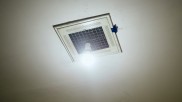
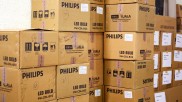
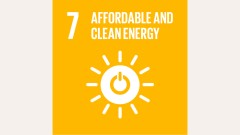
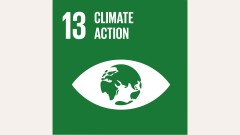

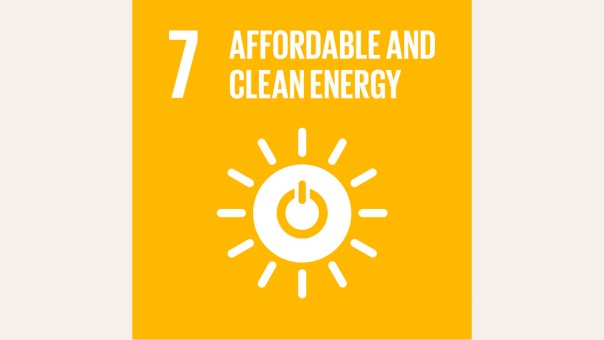
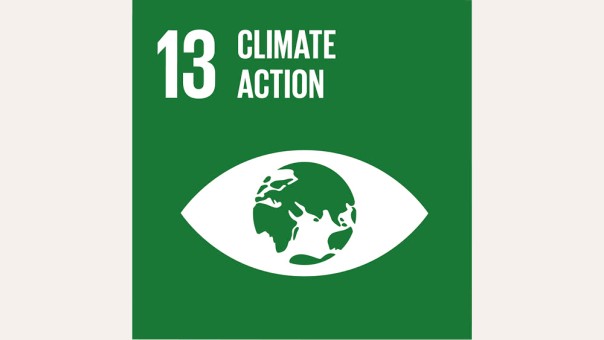

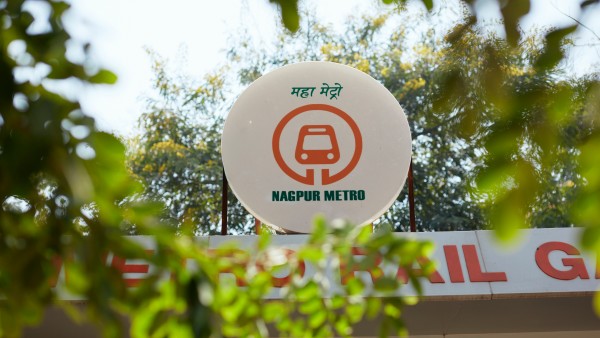
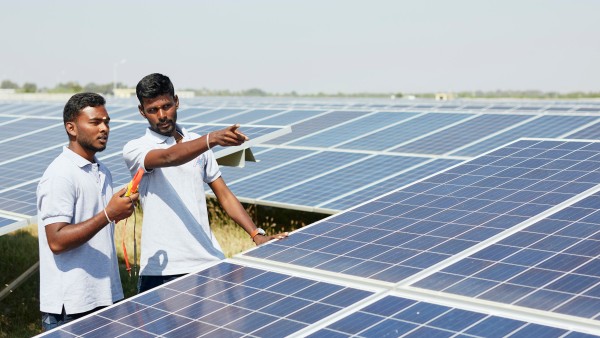
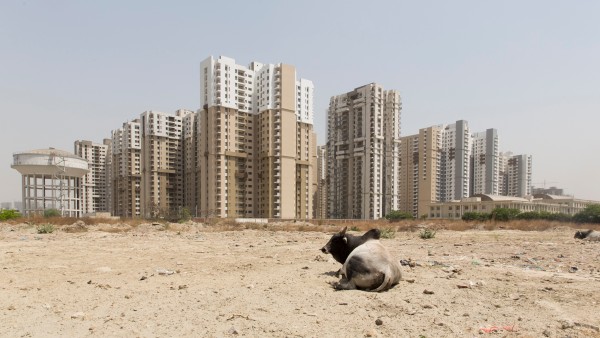
Data protection principles
If you click on one of the following icons, your data will be sent to the corresponding social network.
Privacy information